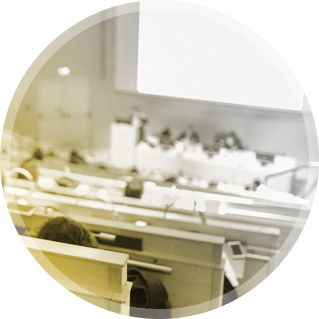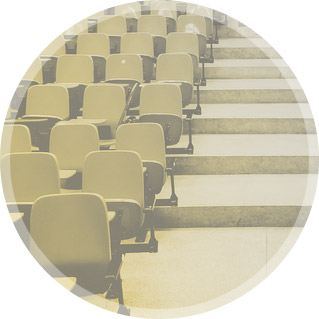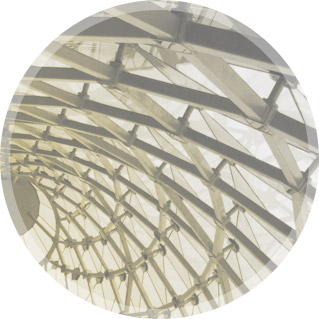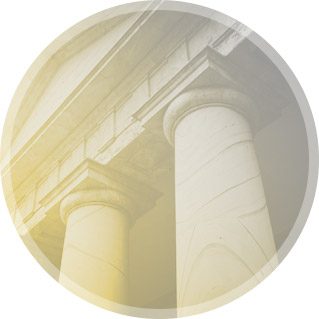University at Buffalo, The State University of New York
Department of Architecture
At the University at Buffalo’s School of Architecture and Planning, innovation is inherent, entrepreneurship is every day, making is second nature, and grand global challenges are always top of mind.
As the only NAAB-accredited architecture program in the State University of New York (SUNY) system, we prepare students to see the full implications of what architecture can do for the built environment. Both our Department of Architecture and Department of Urban and Regional Planning engage the city of Buffalo as a hub for innovation and is a primary contributor to the region in everything from climate-related planning to industry-applied design technologies.

Setting
Our School resides on UB’s historic South Campus, with state-of-the-art facilities, including our recently renovated Hayes and Crosby Halls in addition to our Fabrication Workshop. As one of the premier fabrication facilities in the region, the Fabrication Workshop is the hub of our learning-through-making curriculum. Equipped for fabrication of all types, the shop serves both as a space to execute coursework and as a think-tank and makerspace for collaborative research with design practice and industry.
Innovation thrives on curiosity, collaboration, and collective energy. At the School of Architecture and Planning, we are inspired makers of space and place. We pride ourselves on a design curriculum that teaches students how to effectively connect the art of design with the science of building.
The Department of Architecture takes its role as part of a public research university seriously. Our mission is tied to serving our community and being a forum for public debate. Through our lecture series, fellowships, sponsored chairs, community engagement, research, and pedagogy we invite the public to engage our students and faculty to discuss local and global issues as they affect the design of the contemporary and future built environment.
School Philosophy
At the University at Buffalo’s School of Architecture and Planning, we cultivate a culture of opportunity and possibility from the moment you arrive. Here, you’ll have access to a community of makers and doers alongside experiential learning opportunities designed to prepare you to build better futures.
We belong to a legacy of innovation. Inspired by our renegade origins, we continue to foster a culture of creative experimentation on the margins of the status quo. Without fear of failure, we problematize convention: in design, in the field, and in the profession.

Programs
Through a design-based and research-intensive curriculum, students engage with strategic community and industry partners, employing the intellectual and interdisciplinary depth of UB to turn design ideas into full-scale projects. Our inclusive and collaborative learning environment is best characterized by our studios — where ideas flow freely and problems are solved together.

of Focus
1. Digital Fabrication & Technology 2. Materials and Construction
3. Historic Preservation
4. Community Design
5. History | Theory | Criticism
6. Resilience
7. Industry Collaborations
8. Digital Design & Visualization

Opportunities

Facilities

Policies
Transfer Policies
Students interested in transferring to UB for entry into the architecture program should visit UB Transfer Admissions to initiate the transfer admission application process. Transfer students should complete the required introductory courses prior to applying for admission to the major or apply to waive introductory courses if they have completed equivalent courses.



